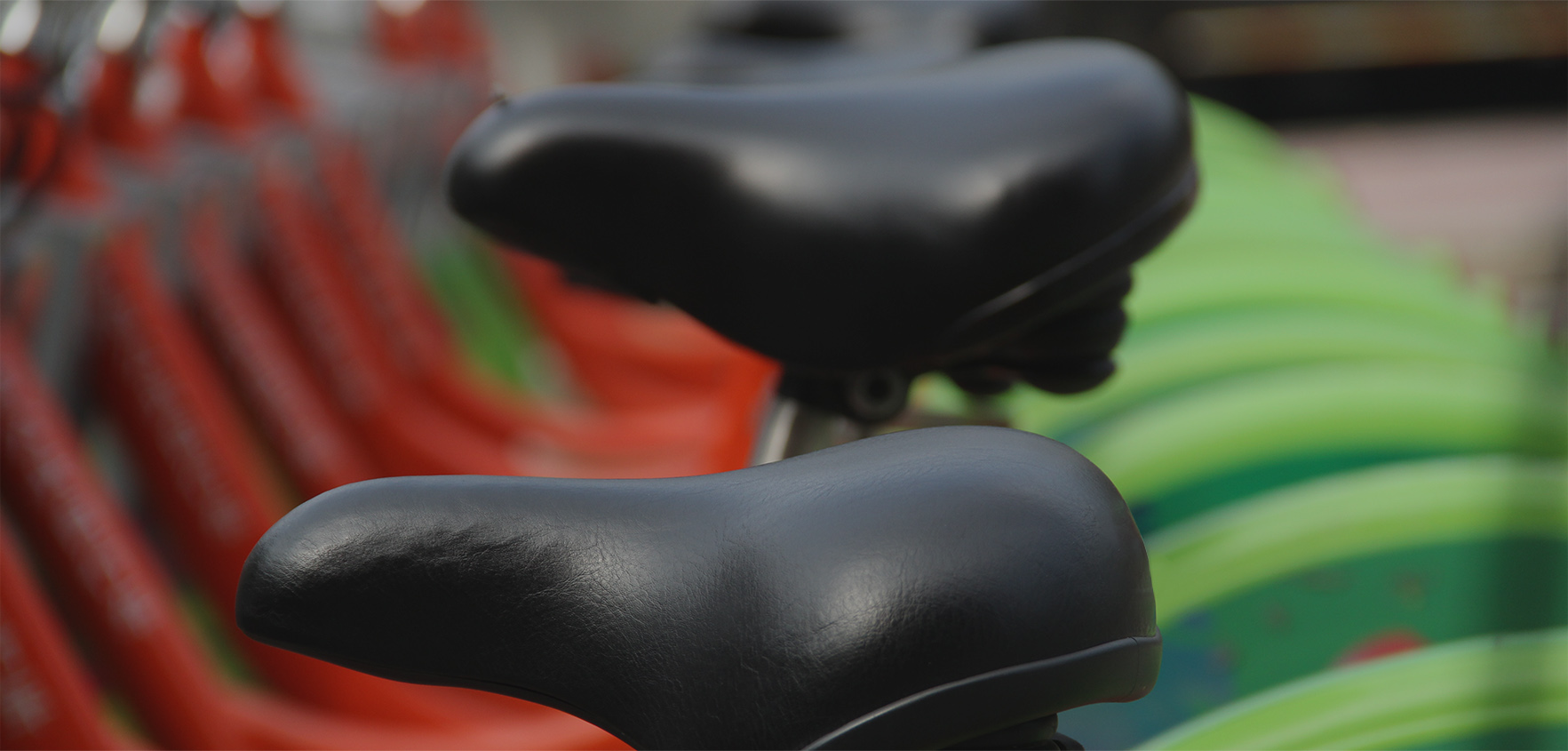There are currently three lines in operation. Line 1 is an arc-shaped line, begins in Xiaoshan, stretches across downtown Hangzhou[4] after crossing the Qiantang River and ends in Linping, with a branch line branching off the main line at Coach Center Station and ending in Xiasha. Line 2 links the Xiaoshan Industrial Park in the southeast with the city center and Xihu District in the northwest. Line 4 complements Line 1 in downtown Hangzhou, stretching in a north-south direction fromPengbu to Jinjiang.
In January 2009, it was announced that MTR Corporation would invest in a 22 billion-yuan ($3.2 billion) / 25-year / 49% share joint venture with the Hangzhou government to operate Line 1 of the metro.

In December 2016, the state council approved the planning for 10 lines, including extensions to the three existing lines, scheduled to open in time for the 2022 Asian Games.By then the Hangzhou Metro network is projected to be 446 km long.
The planning for a metro system in the city started in the 1990s and was about to start construction works in September 2003, but the State Councilsuspended construction works due to increasing costs. The state council approved the construction and operation of a rapid transit system by the Hangzhou Subway Group Co. Ltd in Hangzhou on June 5, 2005.The preliminary design for the first line, Line 1, was approved on January 11, 2007 by the Development and Reform Commission after four days of study. It would be 47.97 km long, of which 41.36 km is underground, 6.14 km elevated, and 0.47 km at grade.
Construction of the first phase of Hangzhou Metro Line 1 began on March 28, 2007, with subsequent phases beginning later in that year. The first phase included three underground stations in Qianjiang New City. Jiubao East Station is the biggest station along Line 1 and will be a hub for the future metro system and other forms of public transport. The funding of Line 1 came from both the city government and the banks, with 10.2 billion yuan and 5 billion yuan respectively. The first phase construction was estimated to be 45 billion yuan.
On January 2009, it was announced that MTR Corporation would invest in a 22 billion-yuan ($3.2 billion) / 25-year / 49% share joint venture with the Hangzhou government to operate Line 1 of the metro.
The first section of Line 4 opened for trial operation on February 2, 2015.


